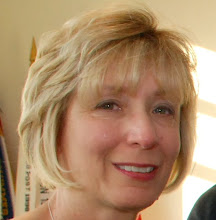Situated on 55-acres west of downtown Nashville is the Cheekwood Botanical Garden and Museum of Art. Cheekwood was the "country" estate of Leslie and Mabel (Wood) Cheek. Leslie's father, Christopher, was a founding partner in the Cheek-Neal Coffee Company which eventually sold to Postum Foods, which later became General Mills.
In 1929, Leslie and Mabel bought the 100-acre site and hired Bryant Fleming, an architect from Ithaca, New York, to design the 30,000 square foot mansion in a way that the design, architecture, landscaping and even furnishings created a unified statement. Fleming, who loved English country manors, and the Cheeks traveled to England together touring various estates and purchasing furniture, antiques, chandeliers, fireplace mantels, railings, door frames and more. In all, the Cheeks shipped more than four freight cars filled with items back to Nashville.
The family moved into the house in 1933, and Leslie Cheek passed away in 1935. When Mabel died in 1946, their daughter Huldah and her husband, Walter Sharp inherited the mansion. Sharp, who headed Vanderbilt's Department of Music and Fine Art, was instrumental (no pun intended!) in the formation of the Nashville Symphony (Remember the coffee bean border embossed in the Schermerhorn Symphony Center's elevators?). In addition, Sharp was founder of the Tennessee Council for Performing Arts, served on the Nashville Arts Council, and was a Fisk University Trustee.
That being said, it was no surprise when, in the late 1950s, the Sharps donated the estate and 55 acres for the creation of the Tennessee Botanical Gardens and Fine Arts Center. The museum opened to the public in 1960, and for the next 30+ years, Cheekwood served as *the* museum in Nashville. In the 1990s, extensive renovations to the gardens and the interior restored the landscaping's original grandeur and brought the mansion up to museum standards. Each year, Cheekwood hosts a number of exhibits and events, has an art education program, and owns a collection of American art, particularly that of Tennessee artists.
A couple of interesting collection facts: The museum owns (and displays) one of the largest collections of Worcester porcelain in the United States and has over 650 pieces in its antique silver collection. In addition, Cheekwood owns one of the largest collections of women's antique snuff boxes.
Join me tomorrow for a look at the estate's gardens.

















































